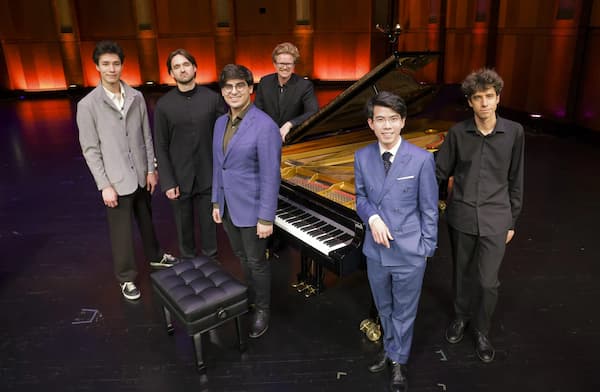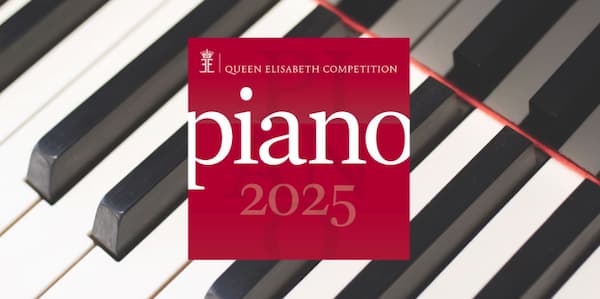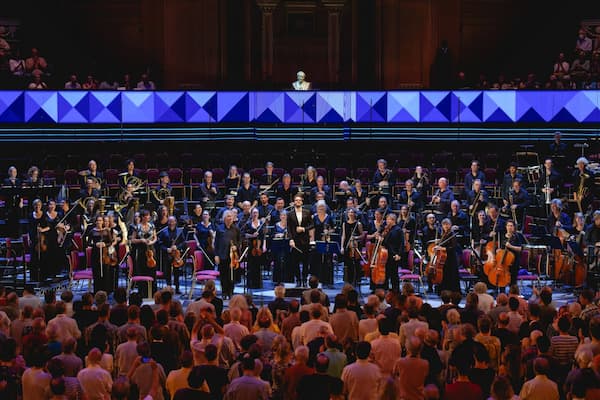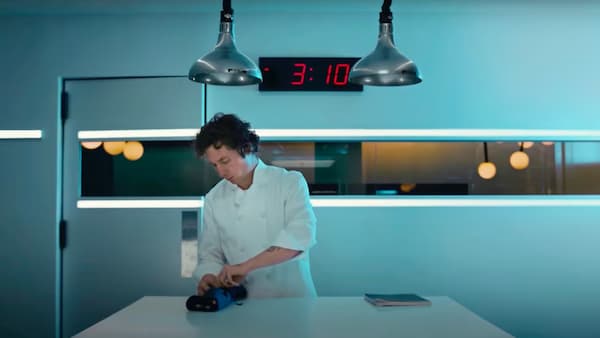
Michael Caine
Mozart: Sonata for 2 Pianos in D Major, K. 448
As musicians, we should always “use the difficulty”. A good proportion of practising is problem-solving and often we will come up a challenging passage or tricky section in our music – regardless of genre or level of difficulty – which may pull us up short and force us to think, reflect and reset in order to progress. Practising can be hard work, largely undertaken in isolation, and students, especially younger or less advanced students, often feel derailed and demotivated by errors or more complex sections in their music. A good teacher will show them how these situations can and should be used as learning tools to enable successful and positive practising, and to foster independent learning and self-efficacy in the student. This in turn leads to greater confidence and self-trust.
In addition, if one is not willing to “use the difficulty” and rise to the challenges of the music, it can create a “closed mindset” where one will set aside difficult or more challenging music in favour of repertoire which is well within one’s comfort zone. While it can be enjoyable to play music which is “easy”, it may not offer sufficient challenges – technical, artistic and interpretative. Conversely, a willingness to rise to the challenges the music presents and to learn from setbacks with an open and enquiring mindset allows one to develop and progress as a well-rounded, self-determined musician.




